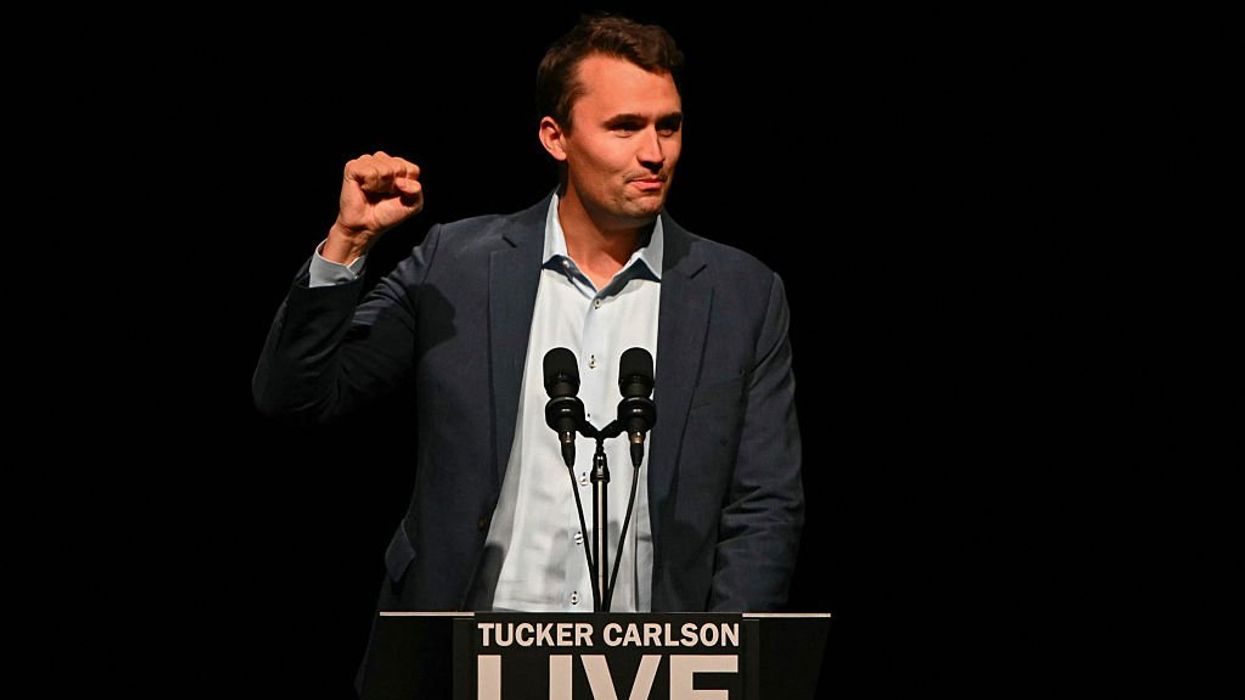And the award goes to…Hollywood! For their tremendous and self-congratulatory work on Virtue Signaling! Yes, virtue signaling. Because, according to a recent quantitative content analysis by the University of Southern California, as part of the Annenberg Inclusion Initiative, the film industry is still dominated by the very white males who have fervently championed diversity and #OscarsSoWhite. It would appear that their pageantry is, in a word, disingenuous.
RELATED: If you're annoyed by the clapping emoji 👏 right now, it's for good reason
The USC report, titled "Inequality in 1,100 Popular Films," is an analysis of the top 100 movies between 2007 and 2017, with attention to the diversity of each movie's cast. The researchers concluded that, in the ten-year period—a ten year period, as you know, fraught with revolutionary-minded war cries for diversity, award show after award show full of moronic rants about intersectionality and raging female empowerment—there was "no significant statistical improvement in the representation of women, LGBT, or people of color."
The report notes: "In 2017, 70.7% of the 4,454 speaking characters were white, 12.1% were black, 6.2% were Hispanic, 4.8% were Asian, 3.9% were mixed-race, 1.7% were of Middle Eastern descent, and less than 1% each were coded as Native American or Native Hawaiian."
At the end of the day, most of us just want to see a movie. To be entertained. To be carried away by a story.
The study found that 99% of the speaking roles in 2017's films went to straight, cisgender actors and actresses, while 81 of the 100 films had no LGBT characters whatsoever.
Of course, the study itself is driven by the very identity politics that have run wild in Hollywood, the exact ideas that undergird the hysteria of so many acceptance speeches and Twitter rants. At the end of the day, most of us just want to see a movie. To be entertained. To be carried away by a story. To fall in love with the wonder and thrill of a good movie. Most of us don't care about the color or gender of the actors on the screen.
If they act well, if they transport us to that magical place, then we enjoy them. Isn't that the way it should be?


 PATRICK T. FALLON / Contributor | Getty Images
PATRICK T. FALLON / Contributor | Getty Images